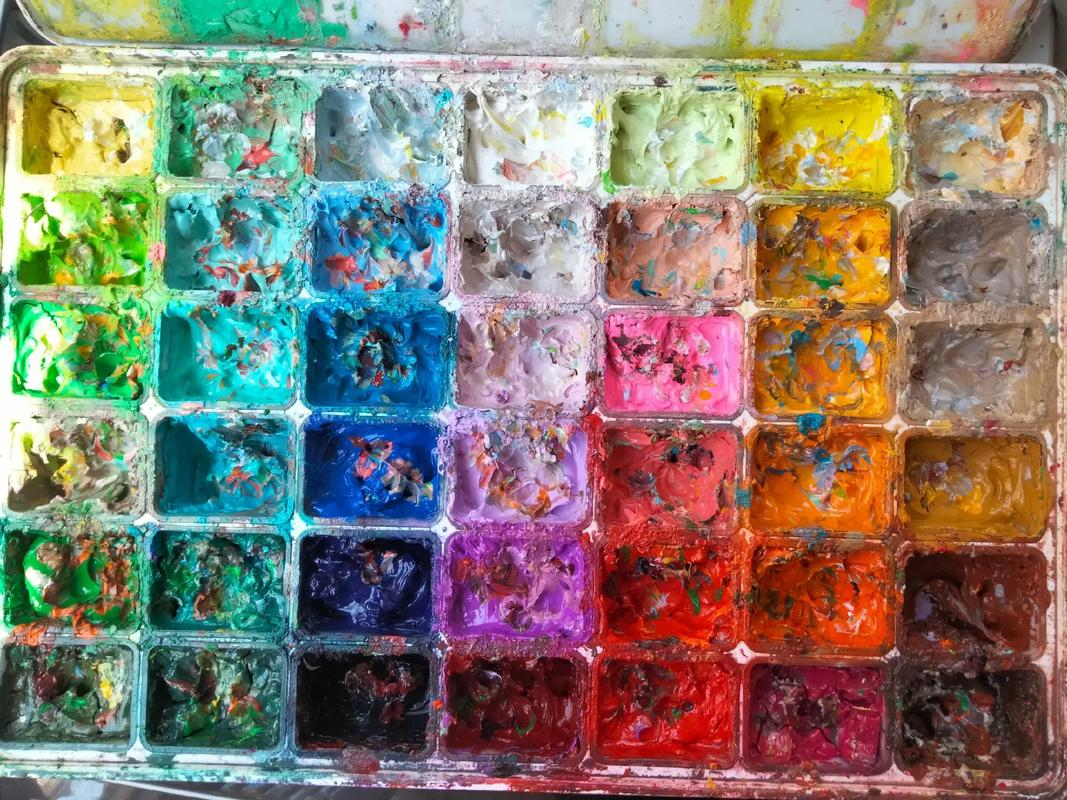PVC, Health and the Environment
Production of PVC
Electricity and CO2: PVC production requires large amounts of chlorine. Chlorine production requires large amounts of electricity — as much as eight tonnes of oil per tonne of PVC. Chlorine manufacture often uses mercury and is also one of the few remaining uses of asbestos in Europe.
Harmful component molecules: PVC is made from vinyl chloride monomer (VCM) and ethylene dichloride (EDC). VCM is a potent carcinogen. EDC is a neurotoxin and its production releases dioxin. The result? PVC plant workers and surrounding communities suffer increased rates of cancer and other illnesses.
Use of PVC
Heavy metal stabilisers: PVC breaks down in sunlight, becoming brittle. To prevent that, heavy metals are added to stabilise the plastic. Lead is common, but is a neurotoxin. Cadmium is often used. PVC is also flammable, needing flame retardants in many applications in order to be safe.
Phthalates: PVC is naturally stiff. To be usable in medical devices such as IV bags, it has to be softened with phthalates. The most common of these, DEHP, has shown reproductive toxicity in animal testing. DEHP leaches out of medical devices, especially in fatty solutions. This is of particular concern for neonates, whose small body size and sometimes intensive treatment results in extremely high exposures, many times above what is considered safe for adults.
Disposal of PVC
The recycling myth: PVC is rarely recycled — most often it is downcycled, reprocessed into lower grade plastic products. Recycled PVC is also more expensive than virgin PVC. Even if PVC is recycled, it perpetuates the problem of harmful additives, and it interferes with the recycling of other plastics. If PVC is landfilled, it leaches toxic additives and releases dioxin.
Incineration: PVC releases a lot of energy during combustion, so is a popular "fuel" for incinerators. However, as a chlorinated plastic it produces a lot of dioxin when burned. Even if this is trapped in ash or stack scrubbers, it is still hazardous waste which needs to be disposed of. Burning one kilogram of PVC also produces more than one kilogram of residues.













